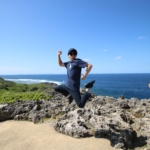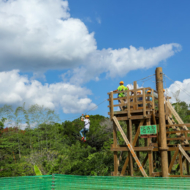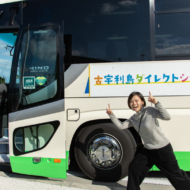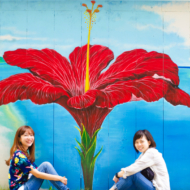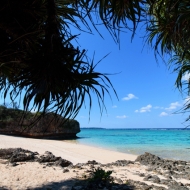How’s it going? This is Inny from Okinawa Holiday Hackers!
This may be sudden, but have you ever felt like you wanted to try out something a little different in Okinawa before?
This is a must see for anyone who has wondered if there is anything else to do other than sea activities!!
Limited to one group per day! Learn to make “Ryukyu knives” from a blacksmith!
This time around, I infiltrated the “Japanese Sword Forge Kane Workshop” in Ozato, Nanjo in the southern part of Okinawa.
This is the workshop of Kiyochika Kanehama, the sole Japanese sword blacksmith in Okinawa!
This was the first time I heard there was a Japanese sword blacksmith in Okinawa!
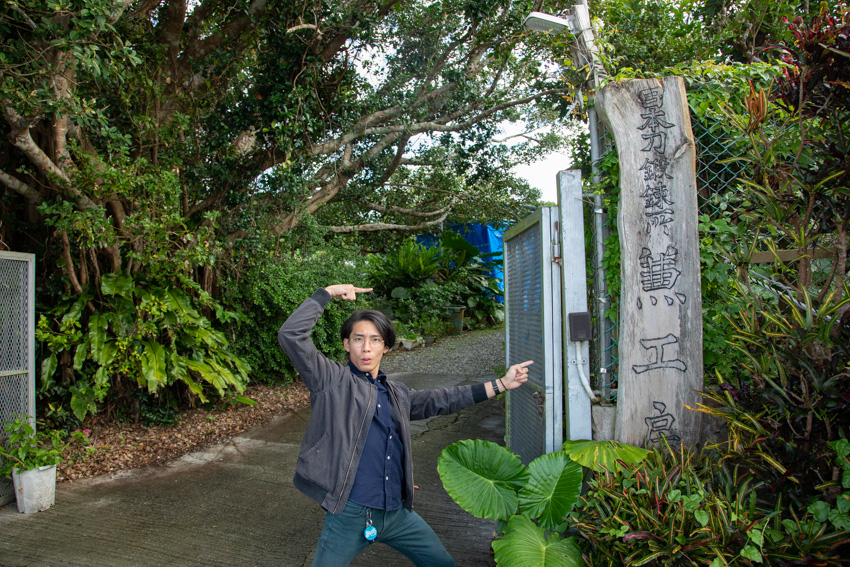
At the Kane Workshop, you can try out blacksmithing limited to one group per day and everything is done by booking in advance!
The blacksmithing workshop allows you to personally make a “Ryukyu knife (letter opener)”!
▼Make a reservation for the “Ryukyu knife” workshop here▼
Let’s make a [Ryukyu knife]!
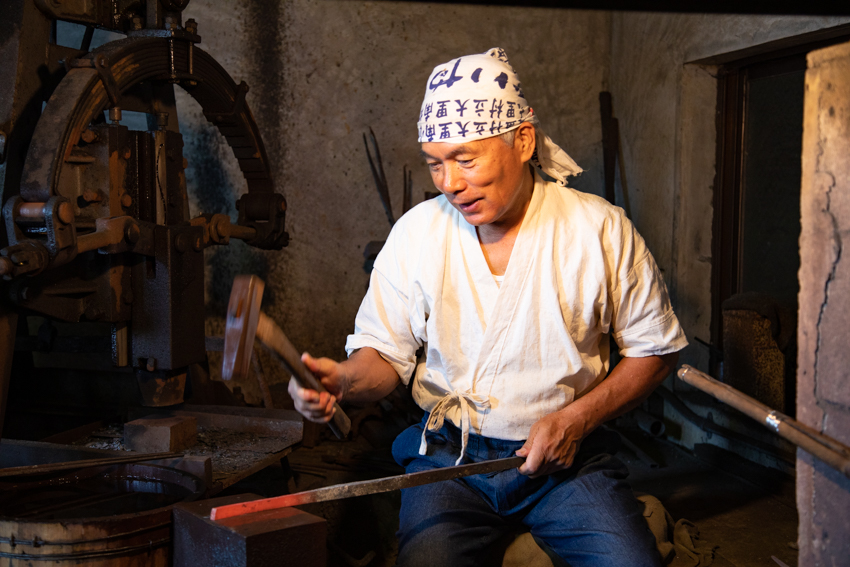
First of all, the swordsmith Mr. Kanehama shows you how to swing the hammer!
Impressive! These are the movements of a craftsman. He quickly and delicately strikes it.
I’ve only ever seen a blacksmithing forge on period dramas on TV.
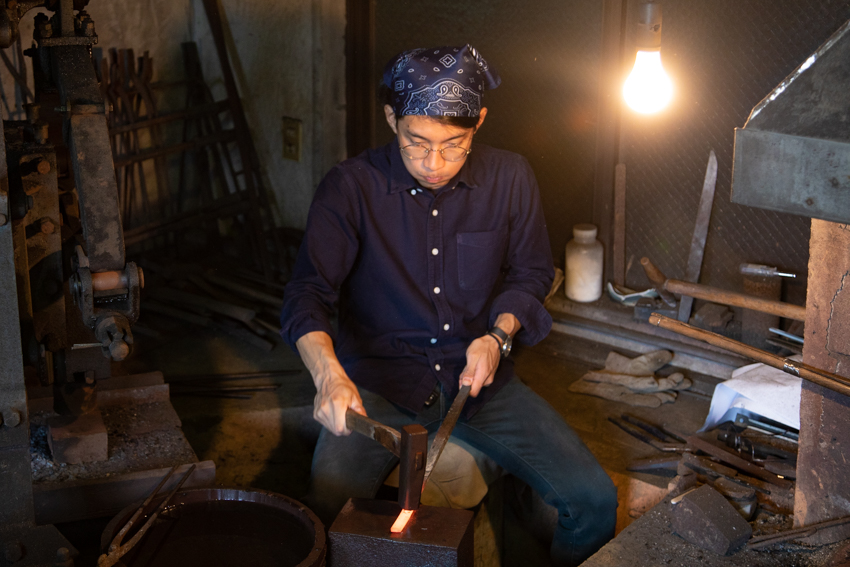
You practice by learning how to hit a large piece of steel with a hammer.
While Mr. Kanehama watches over how you hit it, he gives you precise advice about how to hold it and how quick to hit it!
It really makes you happy when you can hit it the right way!
Now it’s time to actually make the knife!
The steel that will become a “Ryukyu knife” is about as long as a ball-point pen!
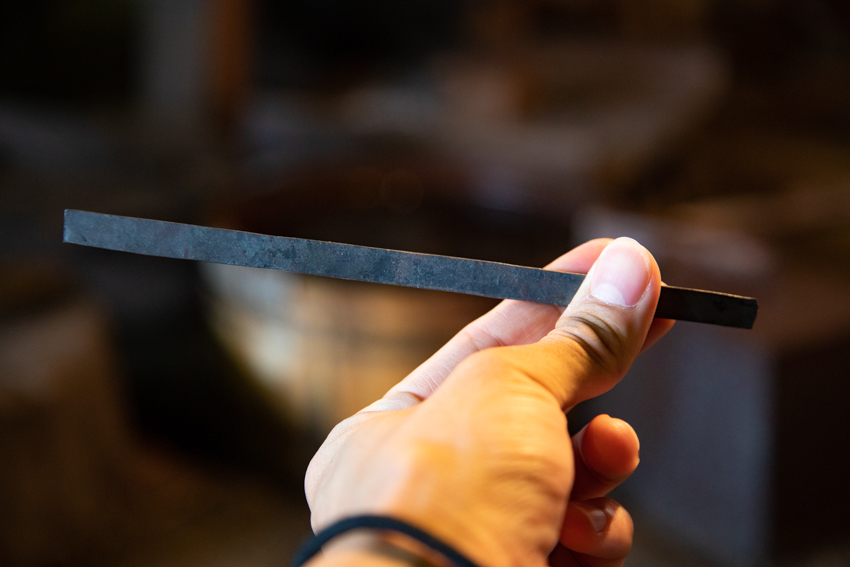
It’s much smaller than what I hit when I was practicing!!
I’ll put my heart into hitting it while concentrating on it!!
The smith forging process for adjusting the shape
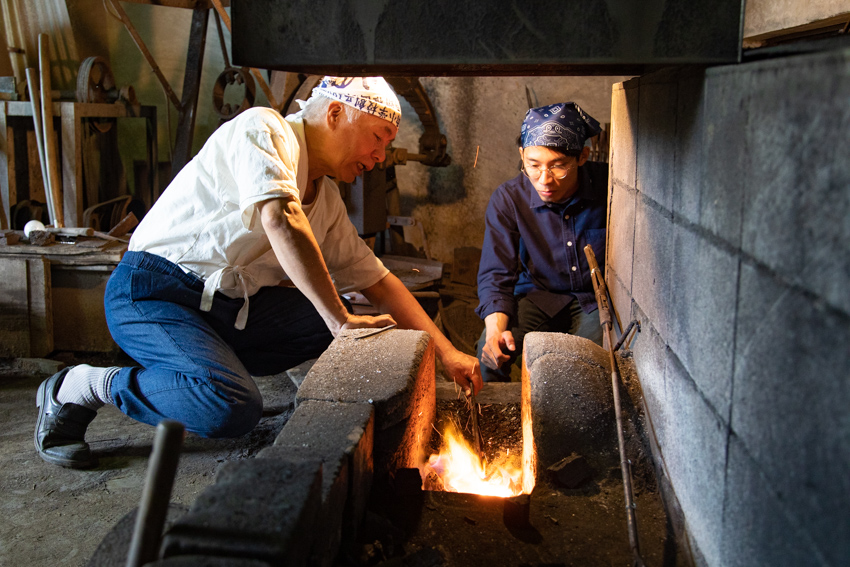
The steel is heated up in a charcoal fire. The charcoal used is made from pine wood!
The advantages are that it burns easily so it gets to a high temperature, and the ash is light, so it is unlikely to build up in the air vent in the bellows used to send air into it!
How it burns depends on the type of wood! That’s so informative.
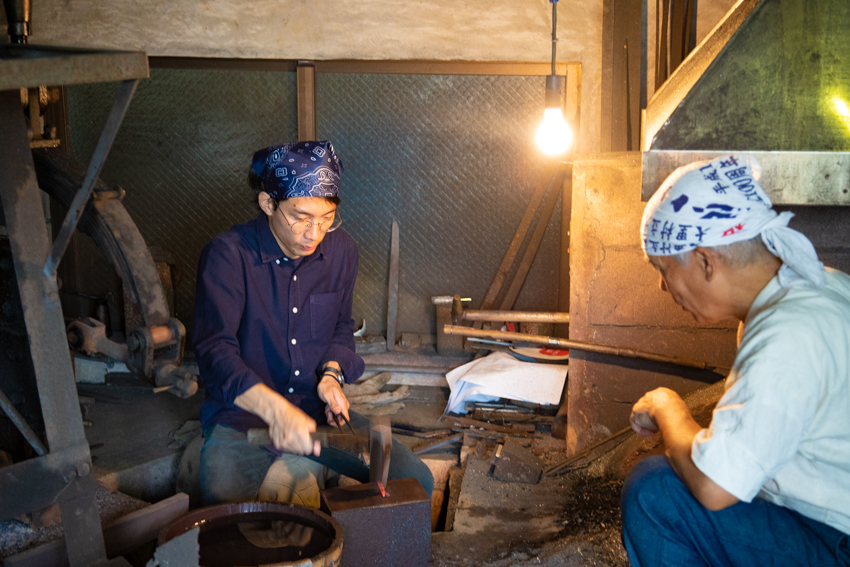
Just like the expression “strike while the iron is hot,”
when the metal is struck after being softened from the heat, I could see that it spreads out.
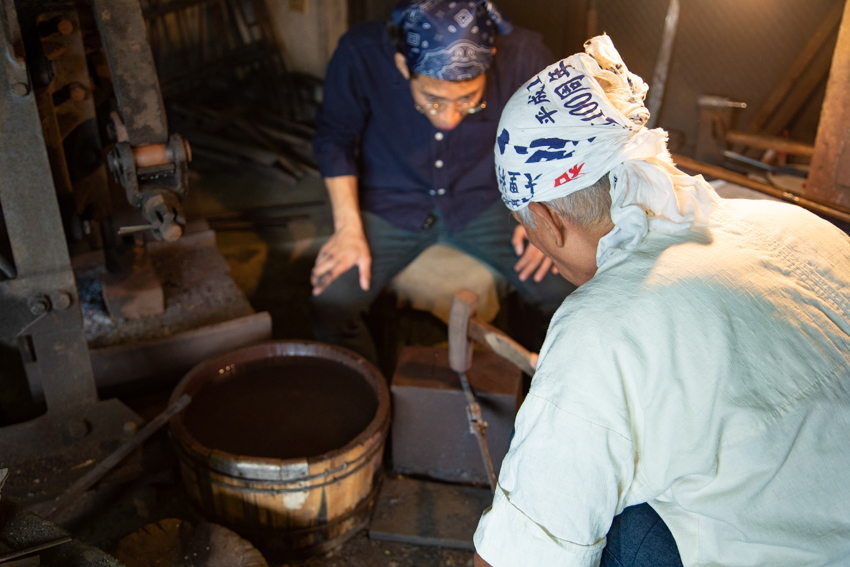
Mr. Kanehama will support you while watching over the situation!
So you can hit it without worrying about messing up!!! That’s so reassuring.
Heat → Strike → Heat → Strike … That process is repeated.
At certain parts, Mr. Kanehama makes some delicate corrections! Once the steel hilt is adjusted so that it will go into a bamboo handle, the shape is complete!
After that, it’s polished with a file,
but here is a question! Do you know the name of the tool that holds the blade!?
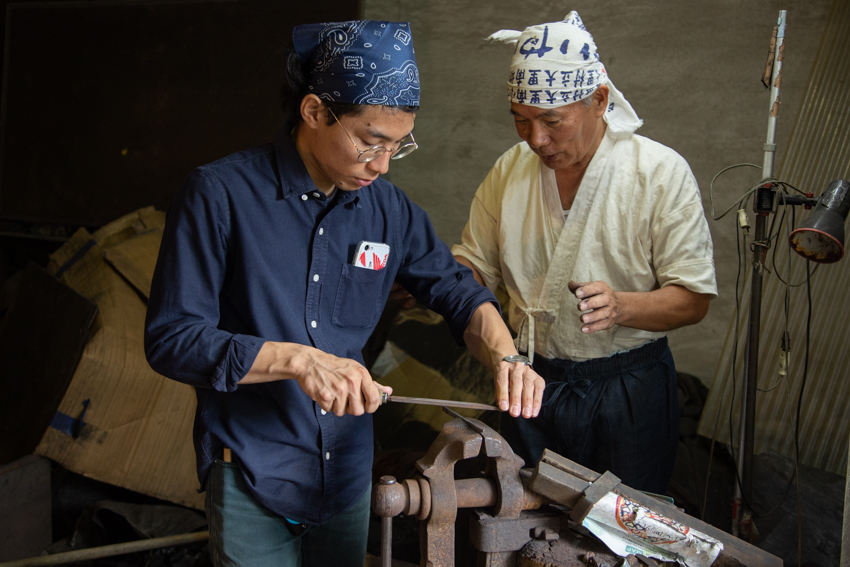
I haven’t seen one of these since I was in a crafting class in middle school!
The correct answer is…a vise!
Next, a quenching process is done to harden the steel.
The state of the temperature is important for this process, and it turns dark from placing it in the source of the fire.
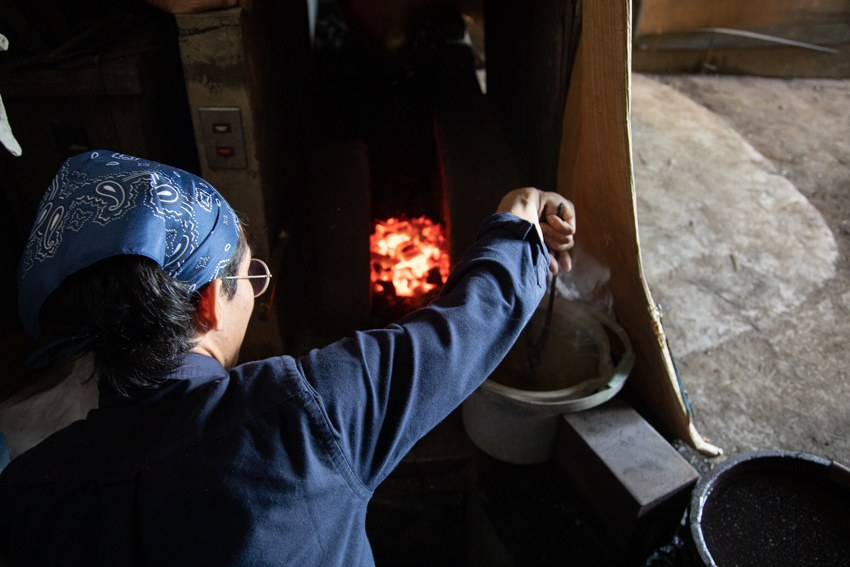
Sizzle!
Mr. Kanehama watches over the heat level from behind, and tells you to put it in the water at the right time!
It rapidly cools by quickly putting it into the water!
After this, Mr. Kanehama tempers it, so that’s it for the morning portion!
Time for a short lunch break!
For lunch, I had a bulky cutlet box lunch!!
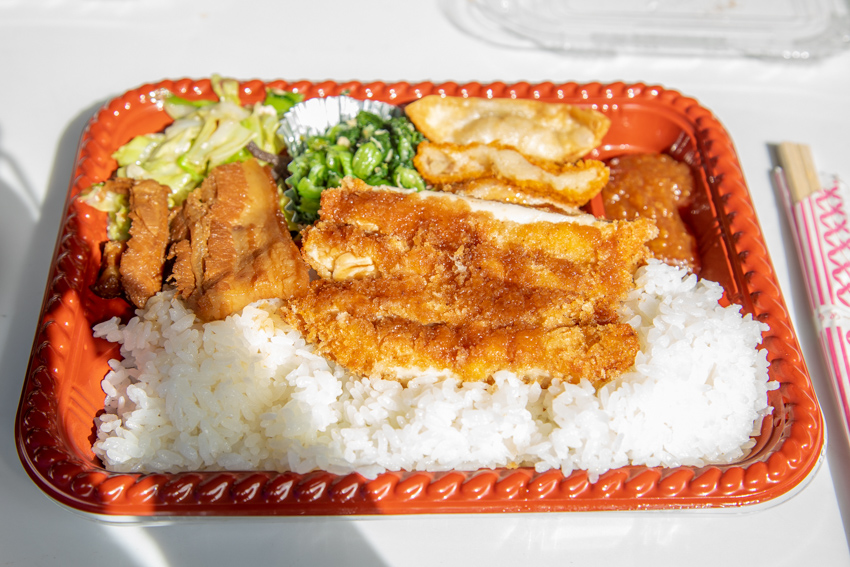
The day I went there, I had some of the local cuisine including chikina stir fry (mustard greens stir fry), boneless ribs, and andansu (oily miso)!
I ate lunch while chatting with Mr. Kanehama!
The food in the lunch changes depending on the day! So take note of that.
The mascot dog Boss (nicknamed Bossy) is a Ryukyu dog!
The way he looked over at me seemed like he wanted to eat some.
Sorry! (-_-メ) I can’t share my lunch with you!
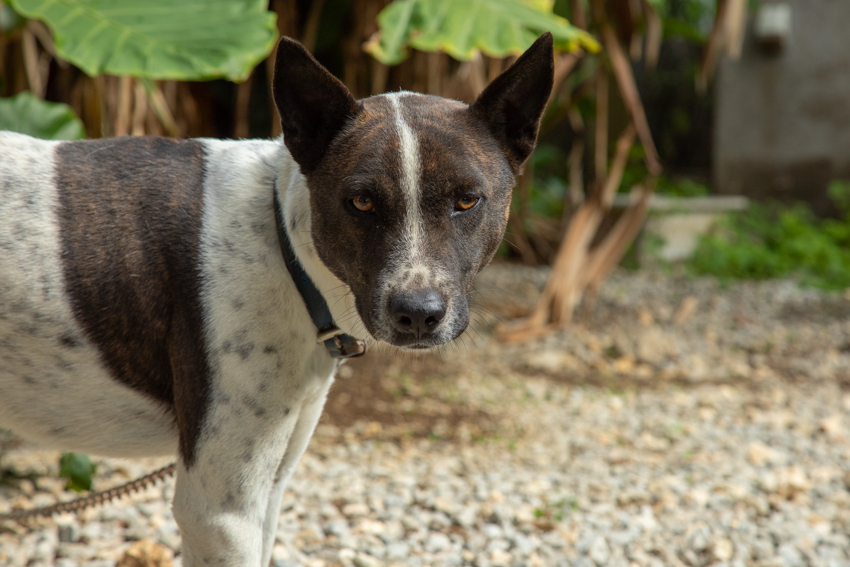
Huh? You won’t share any with me?
After playing with Bossy and enjoying a chat with Mr. Kanehama, it’s now time for the afternoon portion!
Polishing is done in the afternoon!
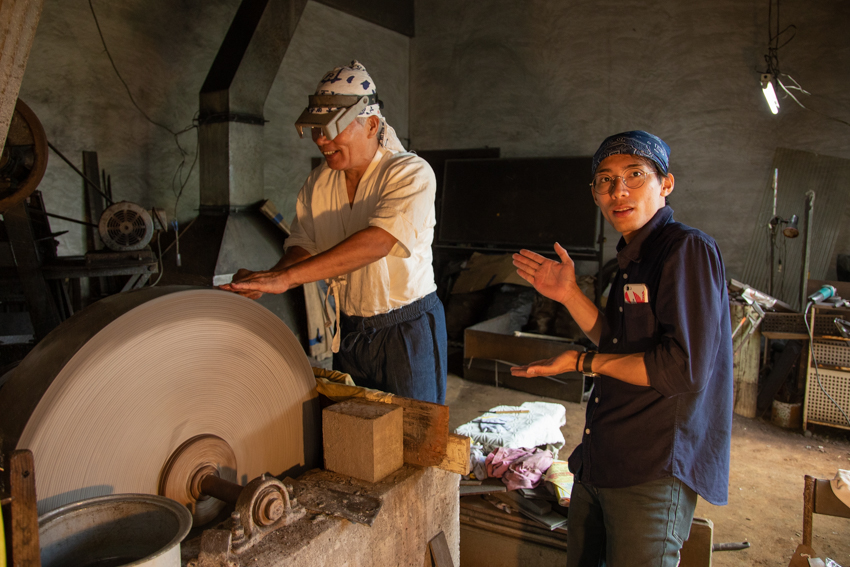
First of all, Mr. Kanehama polishes it with a large polisher!
While looking at the state of how sharp the edge of the blade is, he adjusts the shape to make it well balanced.
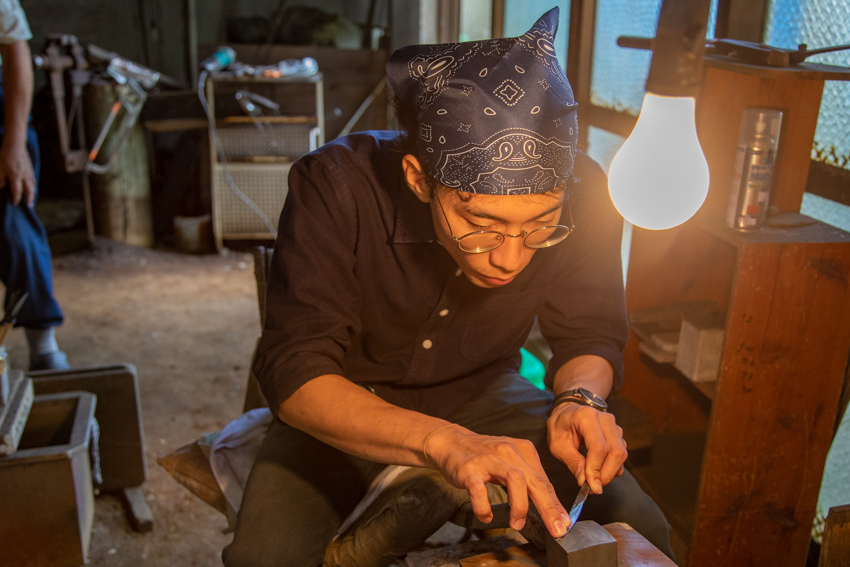
I used a grindstone to polish it!
It takes 30 minutes to carefully sharpen it! Rust proofing is sprayed on it and then dried!
▼My personal one of a kind “Ryukyu knife” is complete▼
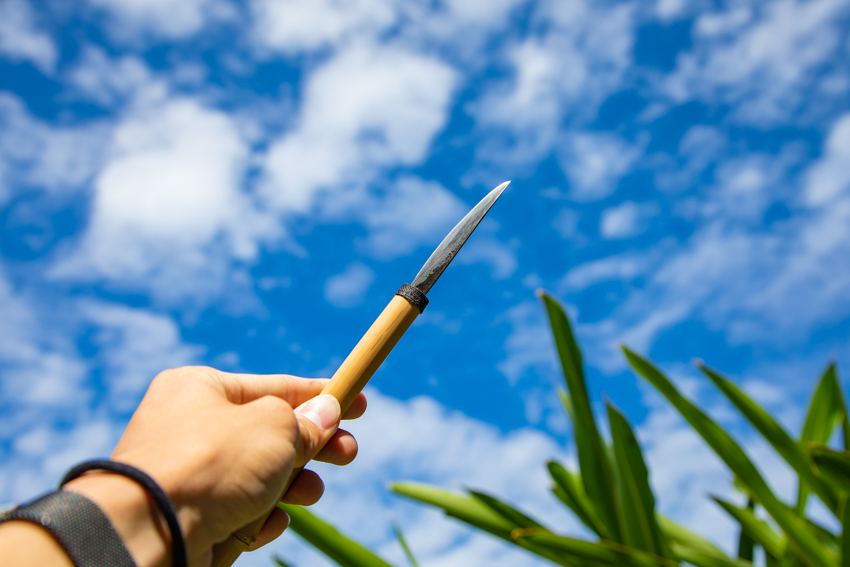
I made this knife myself! That’s so cool!
Maybe I’ll open some bills with this…( ̄▽ ̄)
Check out some products created at the Kane Workshop!
Ryukyu tosu knife
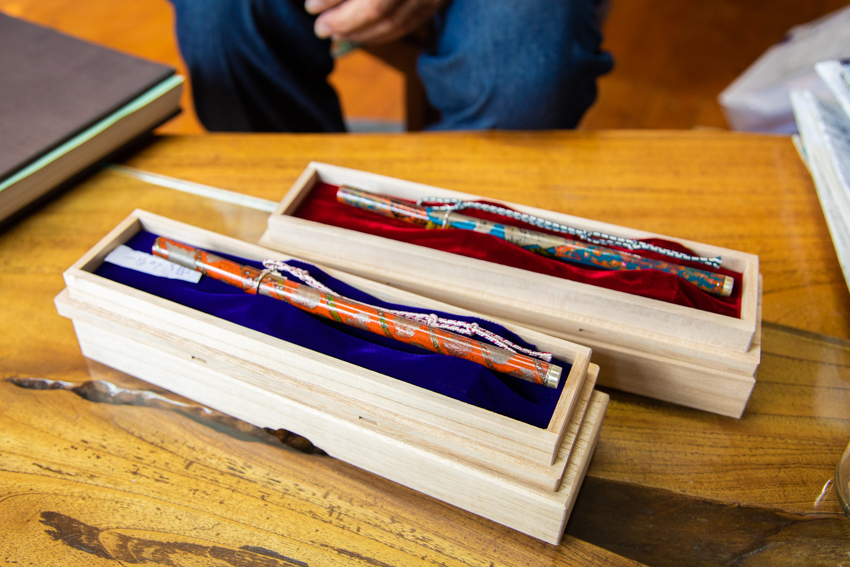
Tosu knives are used as small utility knives nowadays, and they are also used as a personal accessory.
Their inspiration comes from the personal accessory tosu knives at the Shosoin treasure house. The handle and sheath are finished off with lacquer to make a wonderful product.
Lucky paperweight
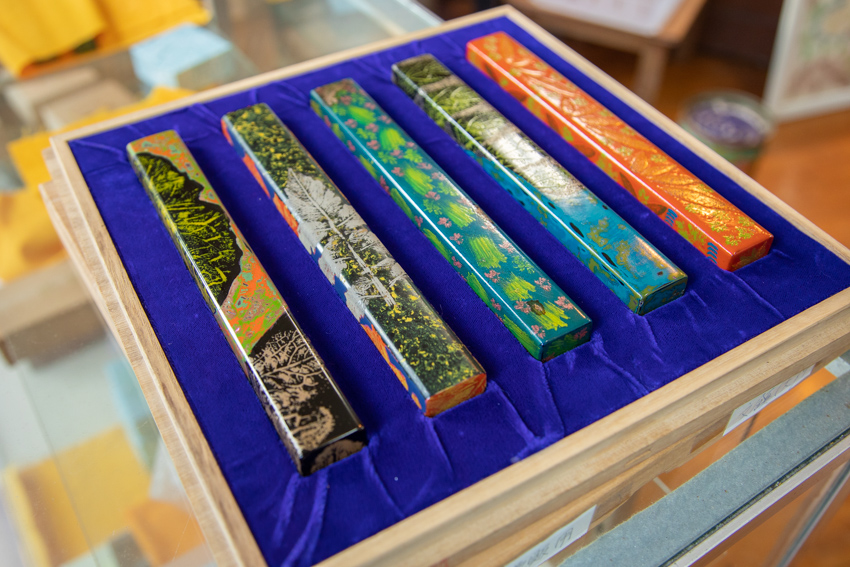
The swodsmith’s wife is in charge of the lacquer ware, and the patterns on the paperweights are transfers from flowering plants around the workshop!
What a great way to hold down paper with these fantastic paperweights!
These lucky paperweights are also sold at Kyukyodo, a long standing specialty shop in Ginza, Tokyo that sells painting and calligraphy products, and also incense!
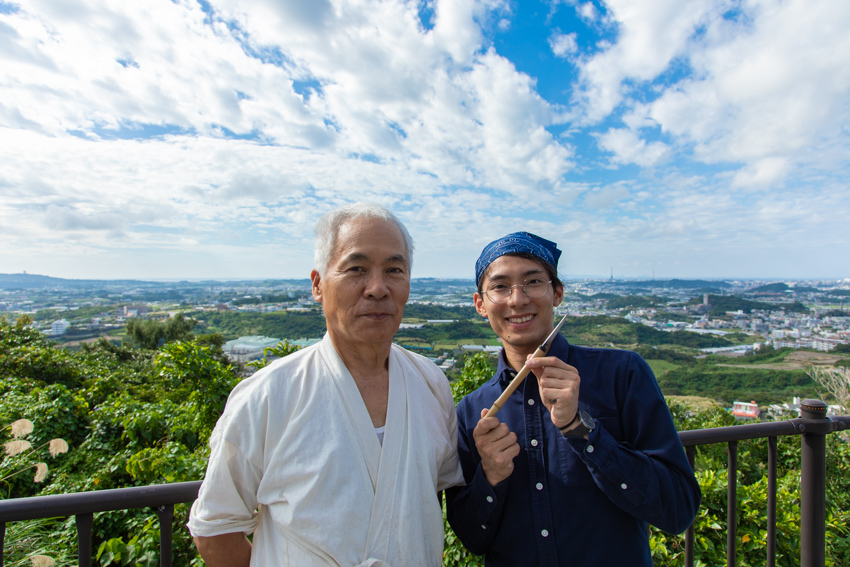
How would you like to try out blacksmithing in Okinawa that is a rather uncommon experience even outside of the prefecture!?
This is sure to be one of the precious experiences in your life!
▼Go here for the details and to make a reservation for the “Ryukyu knife” workshop▼



